Waste to Energy
The concept of treating wastewater streams to avoid harmful impact to the environment has progressed to exploring reuse and energy generation from this waste streams. This focus had led to many studies to use anaerobic treatment processes, which has much lesser energy requirement and the end product also is an energy source. Yes, anaerobic biological processes is one, in which microorganisms break down biodegradable material in the absence of oxygen to generate methane. The resultant gas, a combination of Methane and Carbon dioxide is commonly known as Bio gas, which is combustible and can be used to generate electricity and heat, or can be processed into renewable natural gas and transportation fuels.
Anaerobic digestion in wastewater treatment
Anaerobic digestion already occurs in nature, whenever organic wastes are left under anaerobic conditions. But the process can be optimized, controlled, and contained using an anaerobic reactor. By analyzing the wastewater/sludge parameters, ideal reactors can be designed – be it traditional anaerobic digesters, sludge digesters, Continuously Stirred Tank Reactors (CSTR), or Upflow Anaerobic Sludge Blanket reactors (UASB). These reactors are designed to provide ideal conditions for anaerobic bacteria to thrive and maximise biogas production. Biogas contains roughly 50-70 percent methane, 30-40 percent carbon dioxide, and trace amounts of other gases. The liquid and solid digested material, called digestate, is frequently used for soil amendment.
Anaerobic digestion to treat wastewater, septage, or sludge from wastewater treatment plants has gained worldwide attention because it offers significant environmental and economic benefits. In addition to treating wastewater in order to protect our water bodies, this energy recovery helps to build economic resilience in the face of an uncertain future for energy production and waste disposal.
In addition to energy recovery, anaerobic reactors can lower costs associated with waste water treatment. With little to no processing, biogas can be burned on-site to heat boilers or operate biogas stoves. Biogas can be used for Combined Heat and Power (CHP) operations, or biogas can simply be turned into electricity using a combustion engine, fuel cell, or gas turbine, with the resulting electricity being used on-site or sold onto the electric grid.
The left over material after digestion is a nutrient-rich solid (after dewatering) or liquid material - it contains all the recycled nutrients that were present in the original organic material but in a form more readily available for plants and soil enhancement.
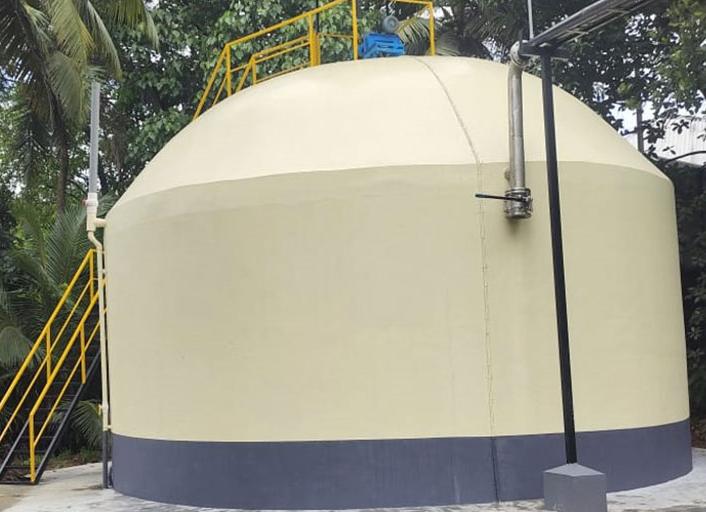
More Services
-
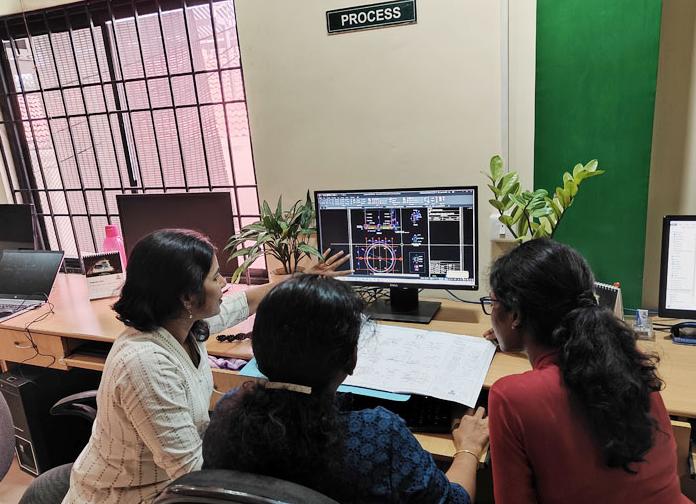
Design Consultancy For Water And Waste Water Systems
At Green Method Engineering, we provide expert design consultancy services for water and wastewater
-
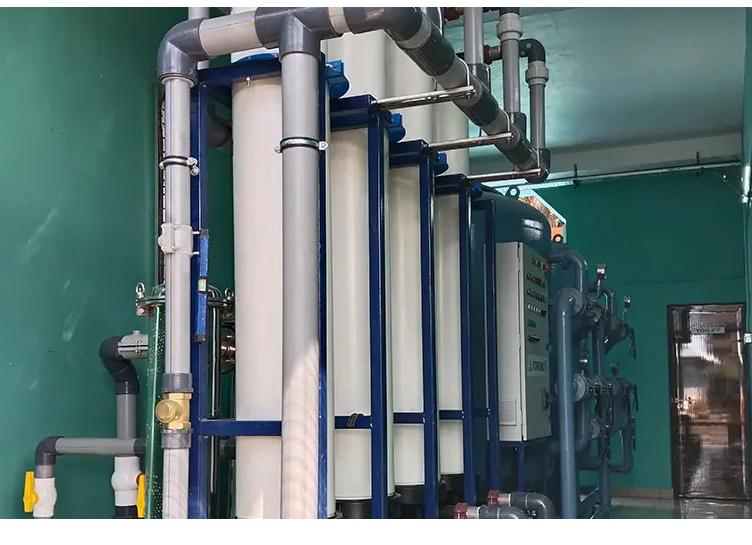
Water Treatment Systems
Green Method Engineering offers comprehensive water treatment systems designed to address diverse wa
-
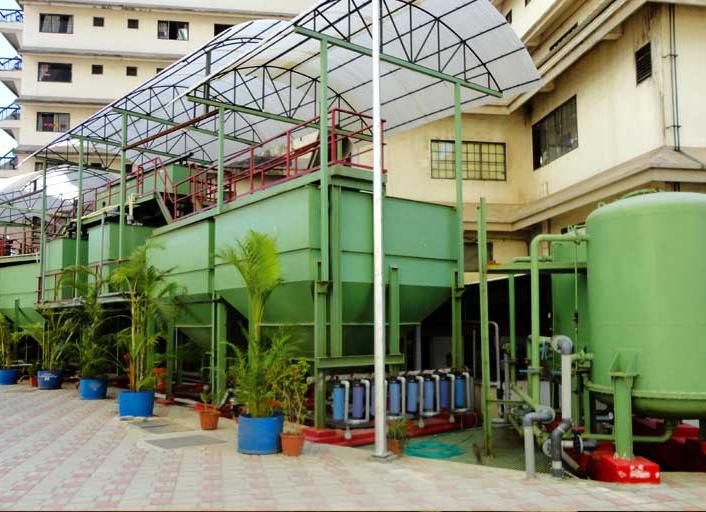
Sewage Treatment Plants / Grey Water Treatment System
Green Method Engineering specialises in designing and implementing sewage treatment systems and grey
-
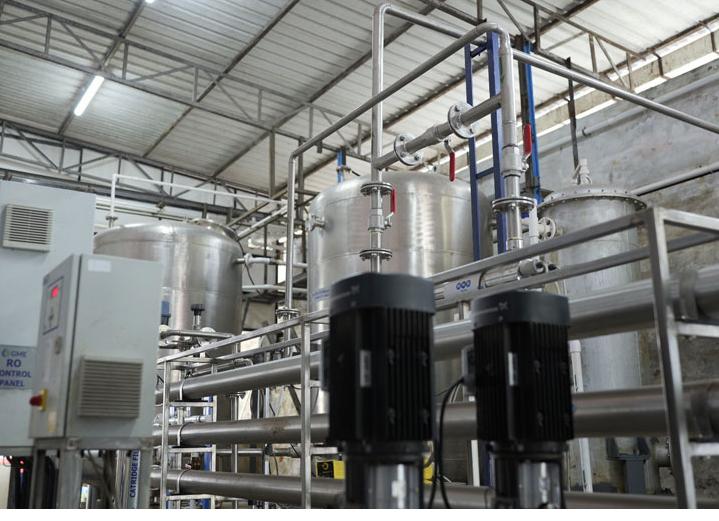
Industrial Effluent Treatment Systems including recycling systems
Green Method Engineering provides state-of-the-art industrial effluent treatment systems (ETPs) desi
-

Operation and Maintenance services for water Industrial effluent treatment plants
Ensure the optimal performance and longevity of your water and wastewater treatment systems with Gre
-
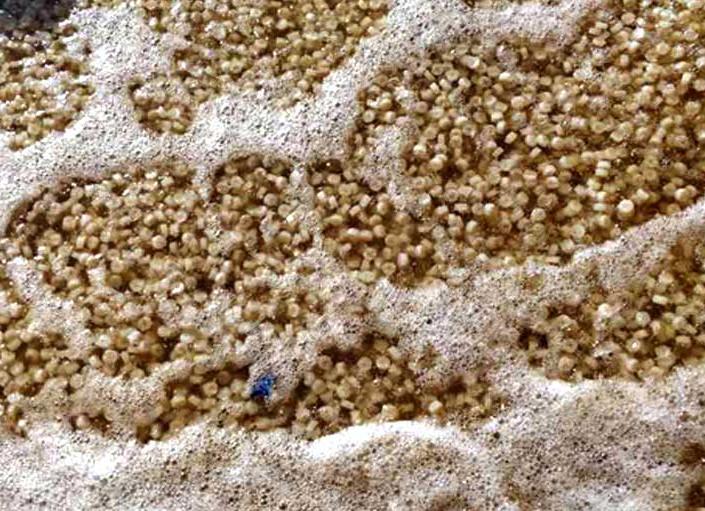
Moving Bed Bio-Reactor (MBBR)
Green Method Engineering is a trusted provider of Moving Bed Bio Reactor (MBBR) systems, a highly ef
-
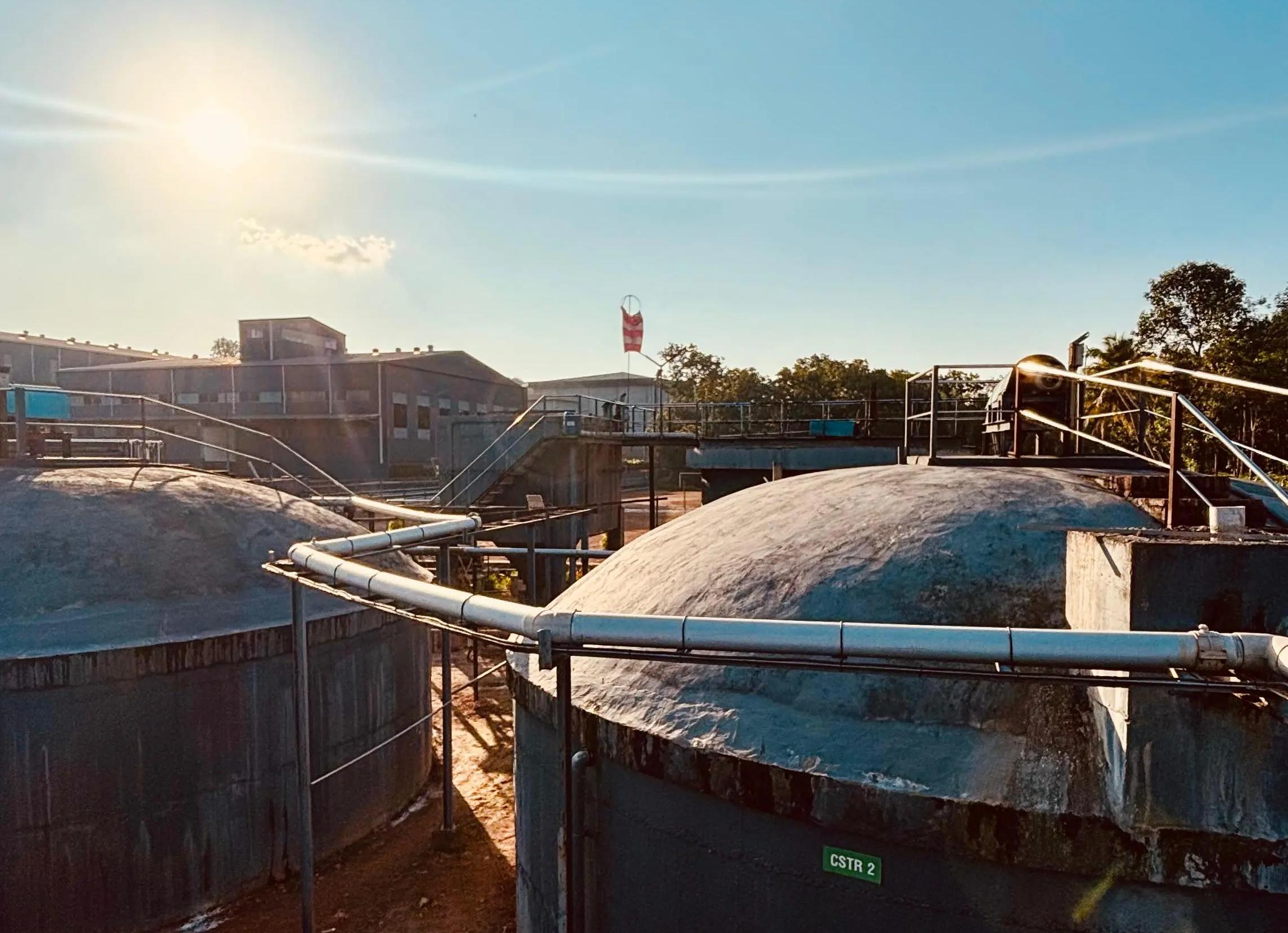
CSTR Anaerobic Reactors for High Organic Liquid Wastes
At Green Method Engineering, we specialise in designing, constructing, andoperating Continuous Stirr
-

Ultrafiltration and Reverse Osmosis Systems for Treated Wastewater Recycle
Green Method Engineering provides Ultrafiltration (UF) and Reverse Osmosis (RO) systems for the ef
-
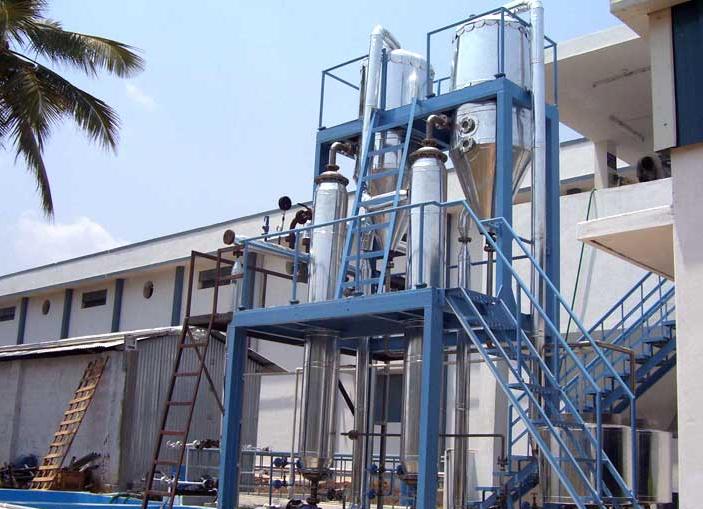
Thermal Evaporation System For Reject Concentration
Green Method Engineering’s thermal evaporation systems offer an effective solution for managin
-

Biogas Systems for Sludge Digestion
Green Method Engineering specialises in biogas systems for sludge digestion, transforming organic wa
-

Other Services
In addition to our core offerings, Green Method Engineering provides a range of specialised services
-
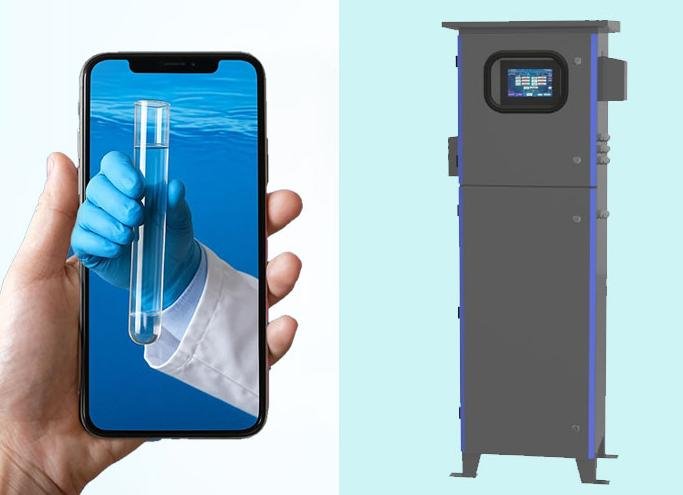
Real Time Water Quality Monitoring
Sewage treatment today goes far beyond simply cleaning water. It’s about keeping water quality